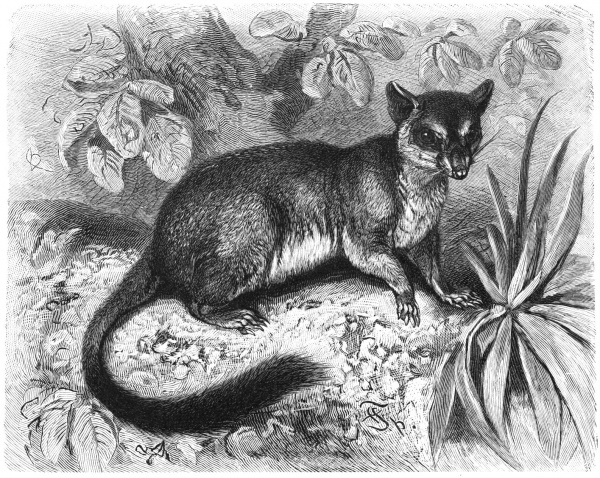Facts About Brush-tailed Phascogale, Tuan
The brush-tailed phascogale, also known as the tuan, common wambenger, black-tailed mousesack, or black-tailed phascogale, is a small, carnivorous marsupial distinguished by a unique tuft of black, silky hairs on its tail. This rat-sized creature belongs to the Dasyuridae family and primarily inhabits arboreal environments. An interesting fact about them is that males typically do not live past one year because they die shortly after mating.
The brush-tailed phascogale was first described by Friedrich Meyer in 1793, with subsequent revisions by George Shaw and Coenraad Jacob Temminck. It is closely related to the red-tailed phascogale and has several subspecies, including *T. tapoatafa*, *T. wambenger*, and *T. kimberleyensis*. Although these animals are distributed across Australia, their populations are often fragmented, facing threats from habitat destruction and predation.
In terms of appearance, the brush-tailed phascogale has a distinctive black tail with long hairs that can stand upright like a bottle brush. Males are larger than females, weighing up to 310 grams. Their diet comprises small mammals, birds, lizards, insects, and nectar from flowering trees.
The breeding season for brush-tailed phascogales occurs between June and August. Females give birth to litters of 7 to 8 young in hollow trees. Unfortunately, male brush-tailed phascogales die before reaching one year of age due to stress-related diseases triggered by mating. While the species is listed as vulnerable in some regions, it is considered near threatened on the IUCN Red List.
